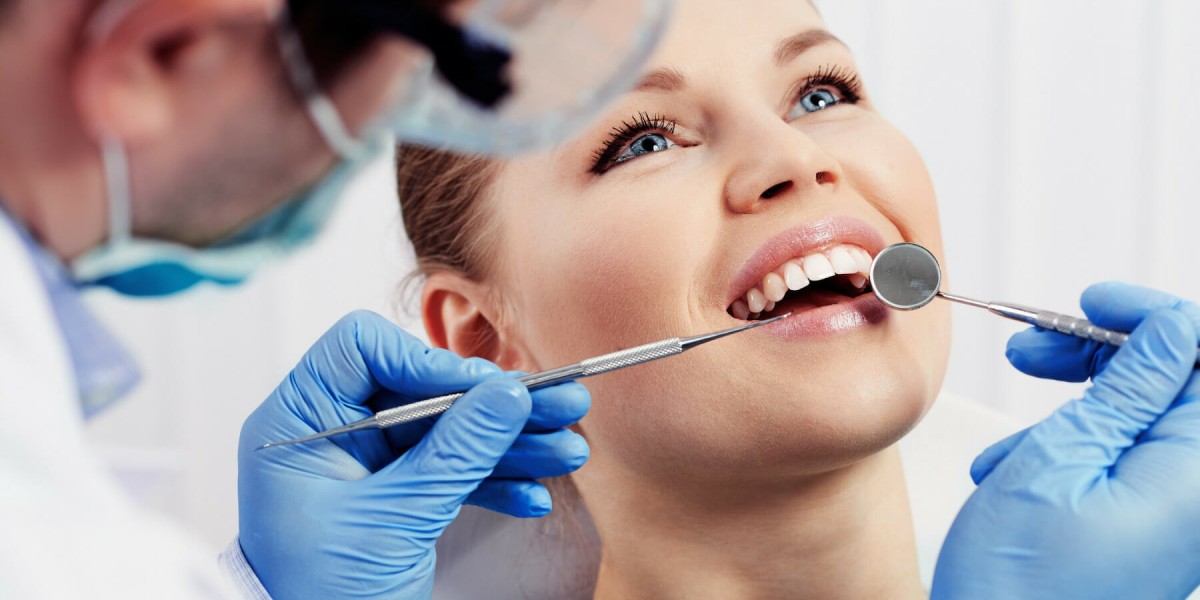Bite misalignments such as overbites, underbites, and crossbites go beyond cosmetic concerns—they can affect jaw function, oral health, and overall well-being. These issues develop from genetics, habits, or developmental factors and often worsen over time if left untreated. Orthodontists in Dubai use a combination of diagnostics, technology, and personalized treatment to correct these bite problems effectively. Their goal is not just a beautiful smile, but a balanced bite that supports long-term health.
Understanding Overbites:
An overbite occurs when the upper front teeth significantly overlap the lower front teeth. While a slight overbite is natural, a deep overbite can cause problems like gum irritation, excessive wear on the lower teeth, or even jaw pain. Orthodontists correct overbites by aligning the teeth and adjusting the position of the jaws. This may involve braces, clear aligners, bite plates, or elastics to guide the bite into a more functional relationship.
How Underbites Are Treated:
An underbite is when the lower teeth extend beyond the upper front teeth, often caused by the forward position of the lower jaw or backward position of the upper jaw. It can affect chewing, speaking, and facial aesthetics. Early intervention is often recommended, especially in children, using devices like reverse-pull headgear or expanders to encourage balanced growth. For teens and adults, braces, aligners, and in some cases, jaw surgery may be needed to reposition the bite effectively.
Addressing Crossbites:
A crossbite happens when one or more upper teeth bite inside the lower teeth rather than outside, which is the correct position. Crossbites can affect the front teeth, back teeth, or both, and often lead to asymmetric jaw growth or tooth wear. Orthodontists treat crossbites by using expanders, braces, or clear aligners to guide the teeth and jaw into proper alignment. Prompt treatment is essential to avoid long-term complications like gum recession or TMJ disorders.
Diagnostic Tools Used in Bite Analysis:
Before any treatment begins, orthodontists perform a thorough evaluation using advanced diagnostic tools. These include digital X-rays, 3D scans, photographs, and bite impressions to assess how the teeth and jaws fit together. This data allows the orthodontist to classify the type of bite issue and create a tailored plan. The precision of modern imaging ensures that treatment is based on accurate structural insights rather than visual assumptions alone.
Personalized Treatment Planning:
Each bite issue requires a different approach depending on its severity, age of the patient, and overall dental condition. Orthodontists develop a customized treatment plan that outlines the specific tools and timeline needed to correct the bite. This plan may include a mix of appliances—like elastics, functional devices, or aligners—used strategically over time to shift teeth and modify jaw growth as necessary. For adults with skeletal issues, surgical options may be discussed as part of an integrated plan.
Role of Braces and Aligners:
Braces and clear aligners remain the primary tools for correcting bite issues. Braces use brackets and wires to apply controlled force, gradually moving teeth into alignment. Aligners, like Invisalign, offer a more discreet option and can correct mild to moderate bite problems effectively. Both systems may be paired with elastics to adjust jaw position and improve the bite. Orthodontists monitor progress regularly to ensure teeth are shifting as intended.
Growth Modification in Children:
For younger patients, early intervention can make a significant difference. Orthodontists may use growth modification appliances to guide jaw development and prevent more severe issues later. Devices like palatal expanders, functional appliances, or face masks can redirect jaw growth and correct bite discrepancies during a child’s developmental window. Treating bite issues early often reduces the need for more invasive treatments in adulthood.
Surgical Correction for Severe Cases:
In adults or cases where the jaw structure is significantly misaligned, orthodontic treatment alone may not be enough. Orthognathic surgery, performed in collaboration with an oral and maxillofacial surgeon, may be required to reposition the jawbones. This is often combined with pre- and post-surgical orthodontics to align the teeth correctly. Although surgery is more complex, it can deliver dramatic improvements in function, comfort, and appearance.
Managing Discomfort During Treatment:
While bite correction is a gradual process, orthodontists aim to keep patients comfortable throughout. Initial soreness is common, especially after adjustments or when starting new appliances. Orthodontists provide guidance on managing discomfort through soft foods, pain relief, and proper oral hygiene. Ensuring comfort encourages patients to stick to their treatment plan, which is essential for long-term success.
Retention to Preserve Bite Correction:
Once the bite is corrected, orthodontists focus on retention to maintain the results. Retainers are custom-made devices worn after active treatment to hold teeth and jaws in their new positions. Without retention, there’s a risk of relapse, especially with bite-related corrections. Orthodontists in Dubai typically design a personalized retention schedule that may include removable or fixed retainers, ensuring that the bite stays stable for years to come.
Final Thoughts:
Correcting bite issues like overbites, underbites, and crossbites is not just about cosmetic improvement—it’s about creating a healthier, more functional smile. Orthodontists in Dubai use a combination of science, technology, and personalized care to treat these complex conditions. From early intervention in children to surgical options in adults, each treatment is designed to improve comfort, jaw function, and long-term stability. With the right orthodontic approach, patients can enjoy not only a better smile but also a better quality of life.








